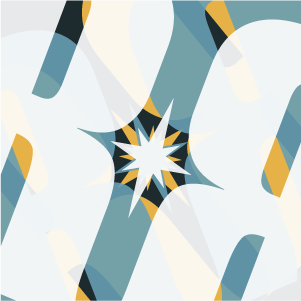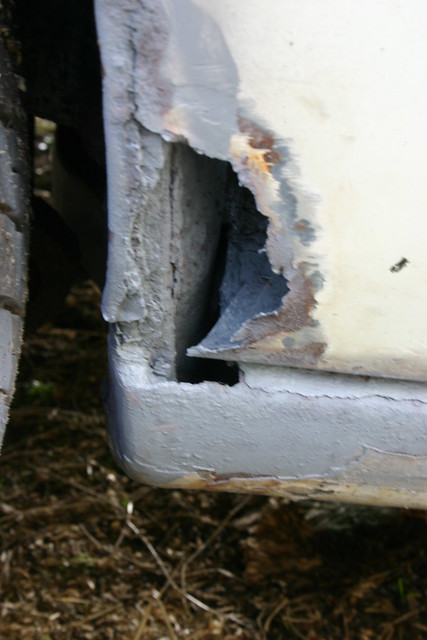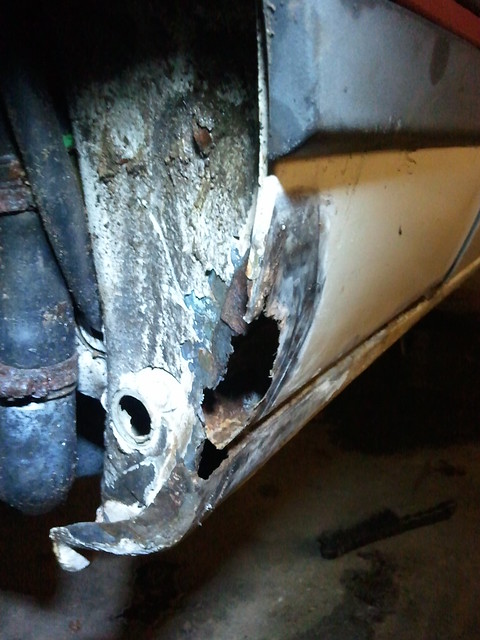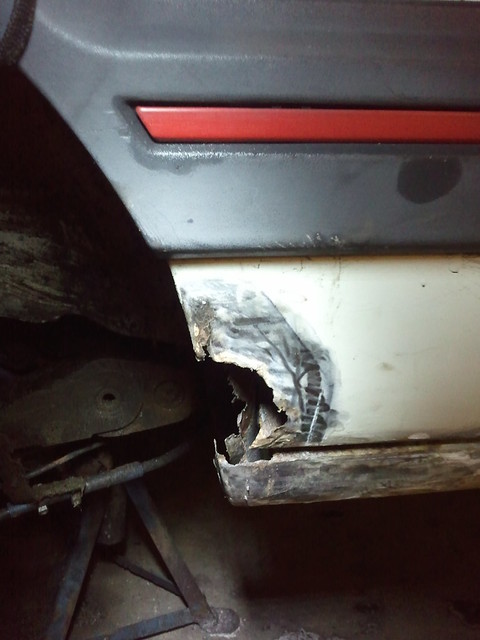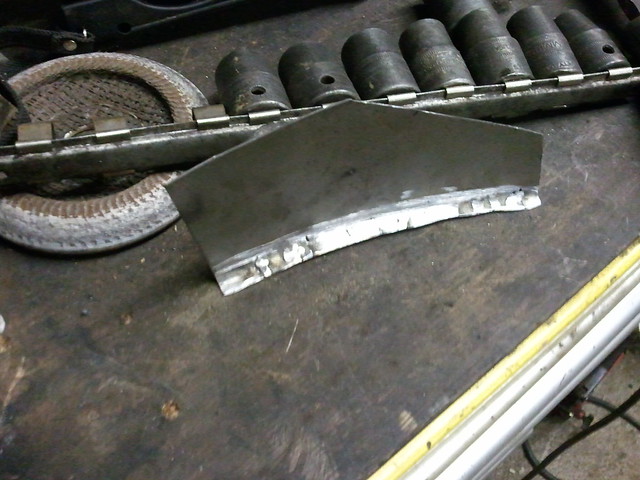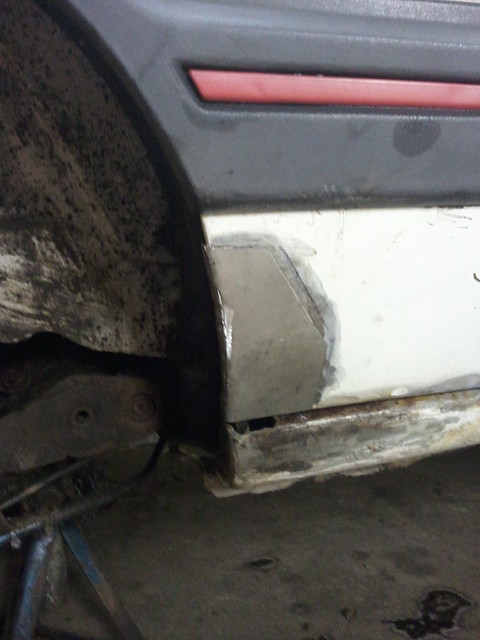Started on a new project today, and thought it might be useful to go through some of the power tools used. Apologies if its stuff you already know
Job is to replace the rear panel on a BMW E28 M5
retrorides.proboards.com/index.cgi?action=display&board=readersrides&thread=119596&page=2#1492444So First up took my Drill with a clean and strip disc mounted on it
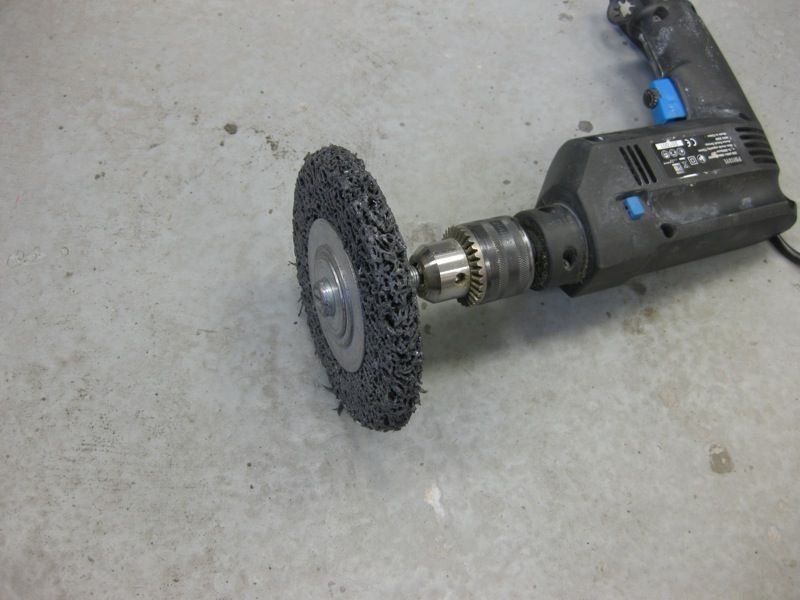
This is used to clean off the paint and light rust around any suspicious looking areas, these are good in that they don't clog up and they don't wear away the metal like a grinding disc would
Used like this
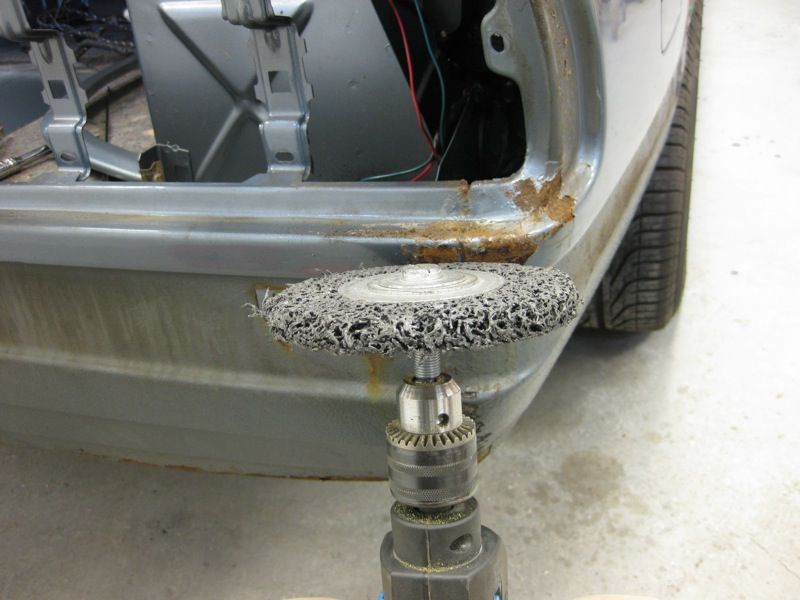
To Produce this
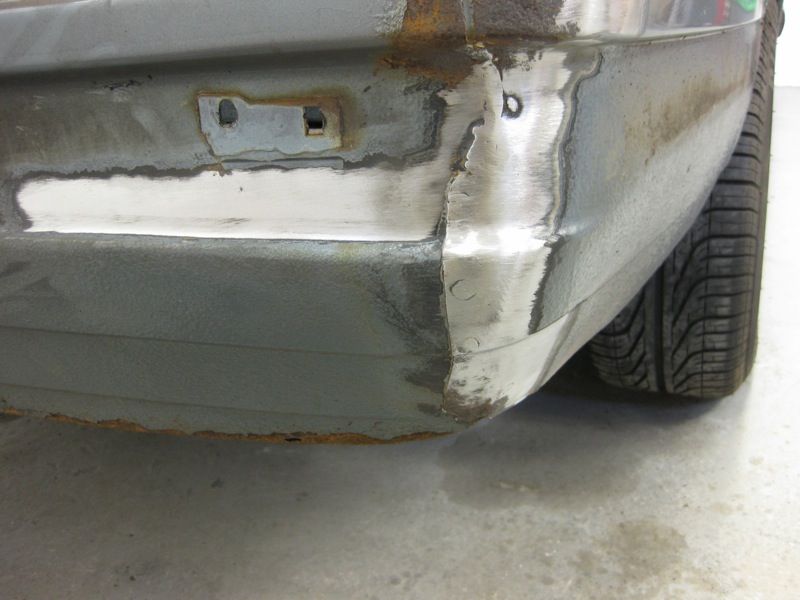
Also good for identifying where the spot welds are
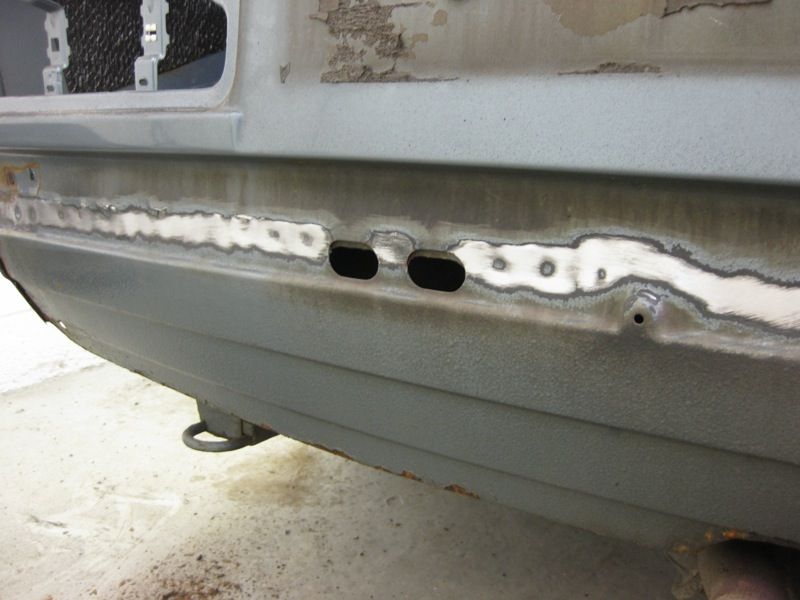
You can also get them to fit a Mini Grinder
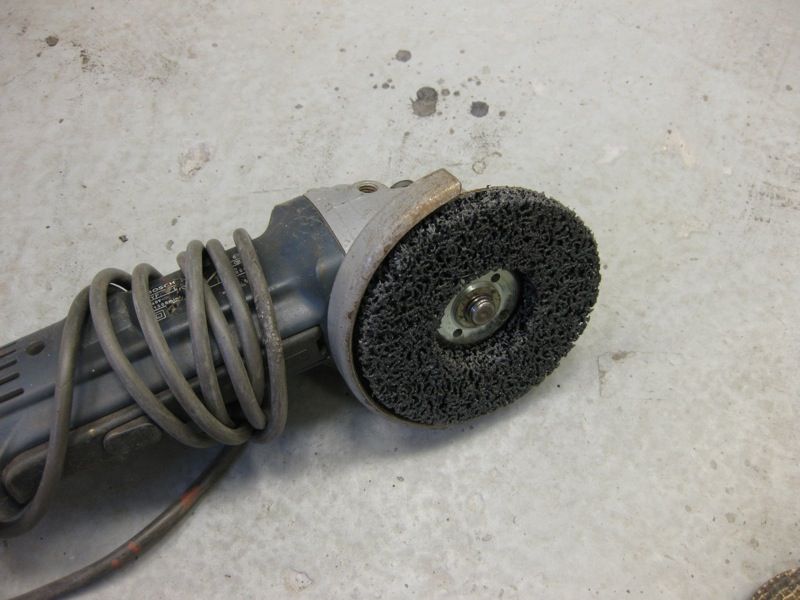
For more aggressive rust and underseal removal, its hard to beat a twist knot wire brush, again fitted to the mini grinder
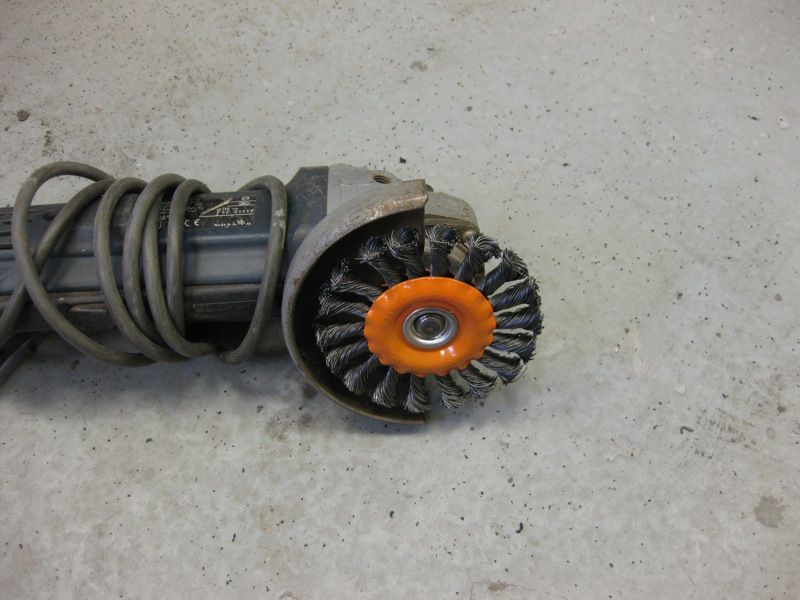
You must ensure that you wear eye protection with these, and be prepared to spend an evening picking little bits of the wire out of your overalls and hair
You can also get these in a cup type, these can be bit more work to use as their not as balanced on the grinder as the flat ones, but can get into tighter spots if needed
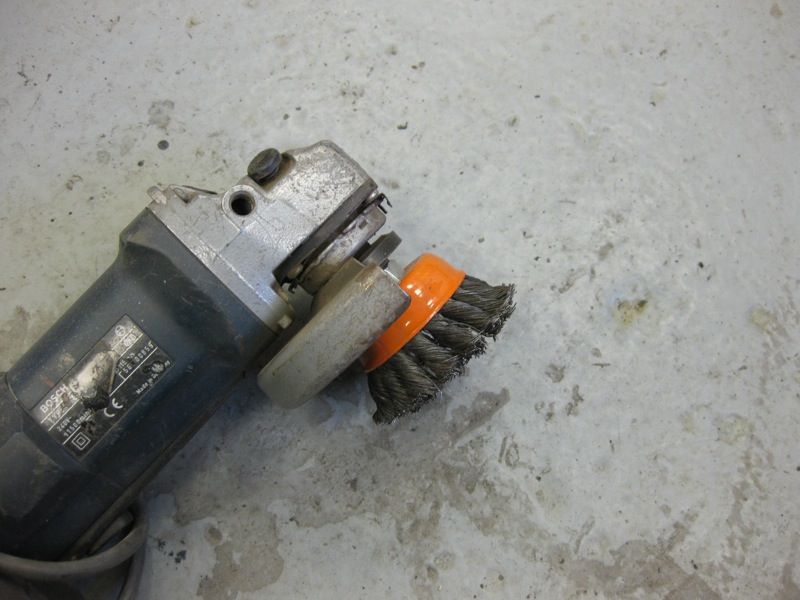
For Lighter and Tighter work, you can use a rotary wire brush on the drill, these are available in a huge range of sizes and shapes, and its surprising just how good they are getting rid of the last bits of rust in a tight spot
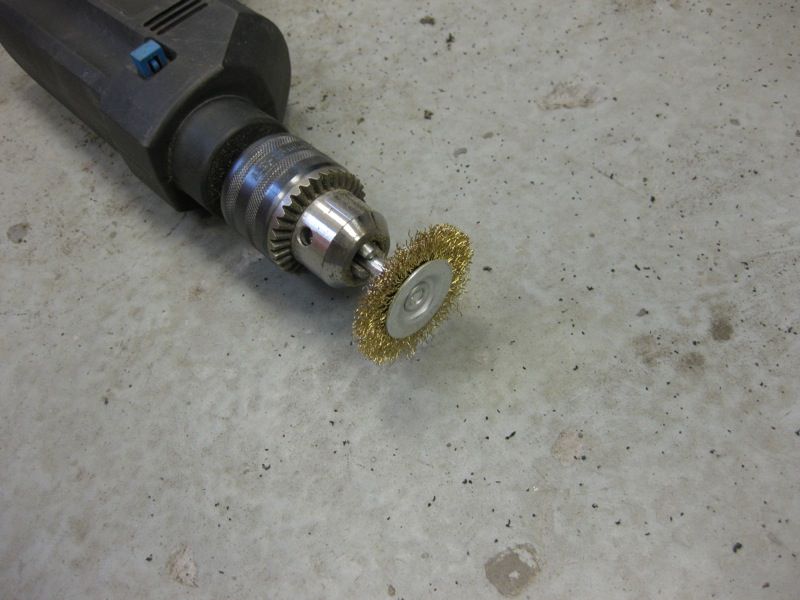
One thing worth mentioning when using a drill with any of these attachments, is , if you have a choice don't use your best drill, all these tools exert a sideways force on the bearing of your drill, and their not really designed for that, so after a few months of hard use, its not uncommon for the bearings in your drill to be shot
So once thats done, its time to cut the panel off, so a 125mm (4.5") grinder is my weapon of choice
These can be mounted with the very thin 1mm thick slitting discs
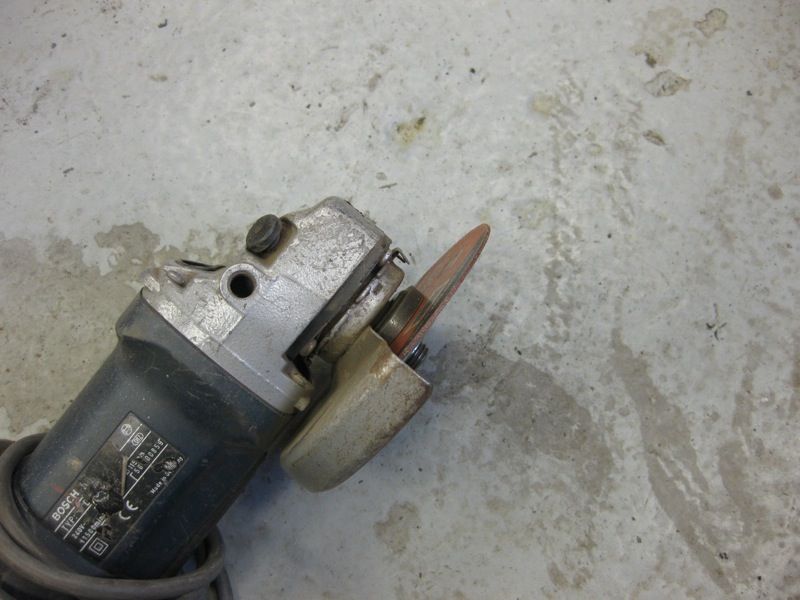
These do wear down quite quickly, but can really slice through metal quickly and neatly
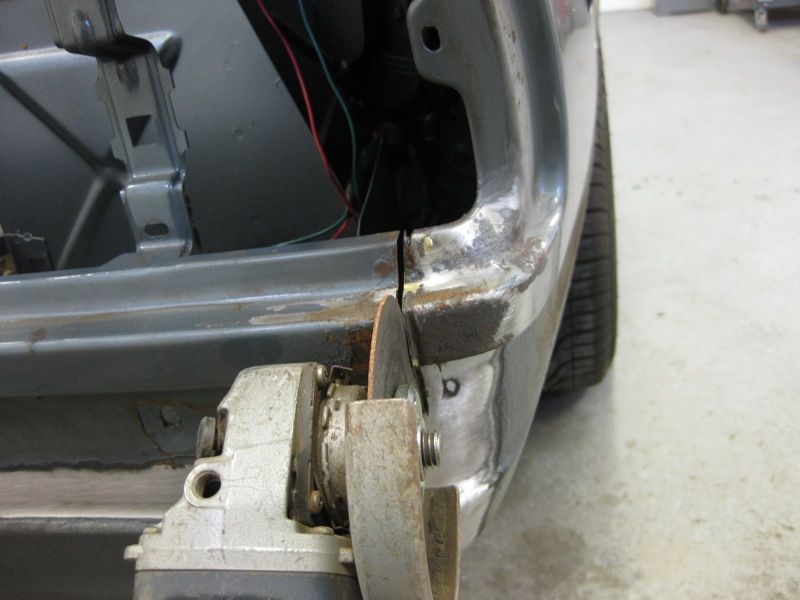
You do need to be careful with them as they can shatter if any sideways load is put on them, so if its any cutting that might involve a bit of twisting or gouging then I tend to use these thicker 2.5mm thick discs

Not as neat a cut is the 1mm discs, but good for cutting through old welds and anywhere that a bit awkward
this then leaves us with the 5mm thick grinding discs
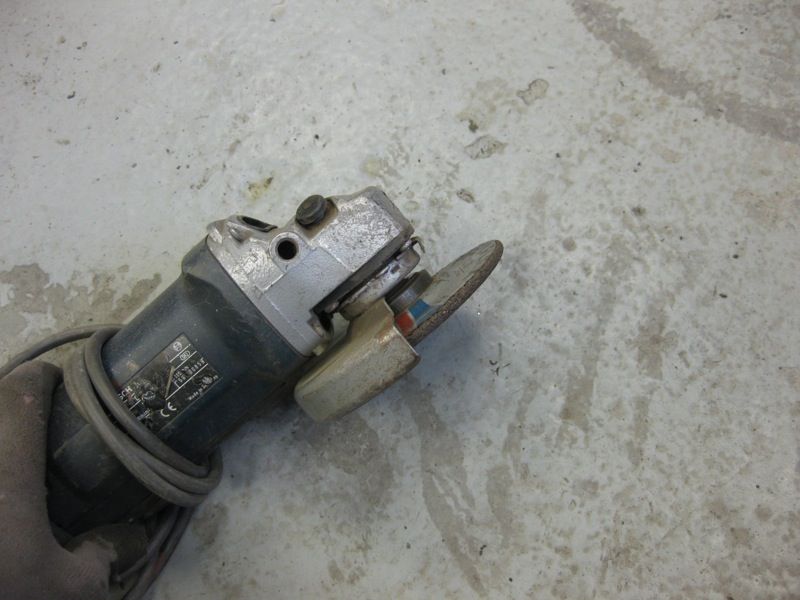
Probably the least used disc in my arsenal, but used for grinding down welds or heavy gauge steel, prior to using something finer
That brings us neatly onto the various sanding options
First off is the Flap disc, these ones are 60 grit which is coarse enough to take down welds etc
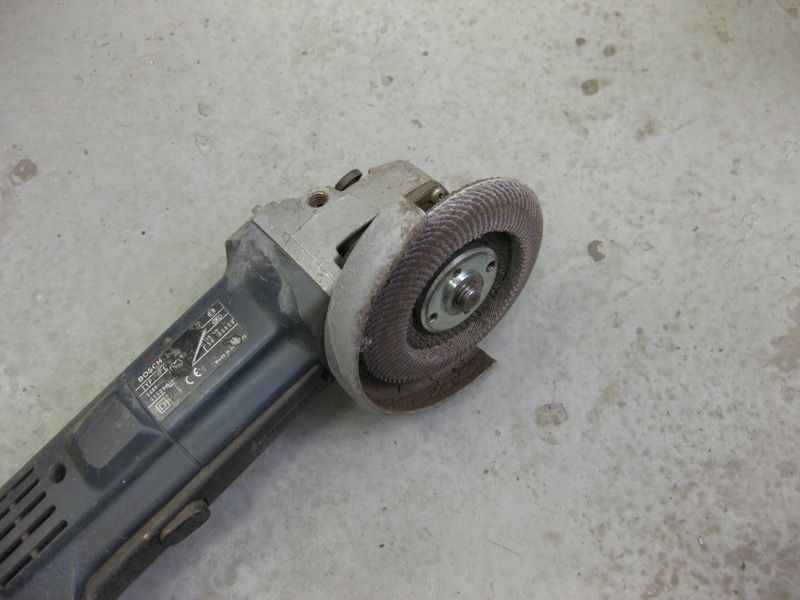
These are quite easy to use, but can leave a surface that is not 100% flat
Another option would be sanding discs on a flexible backing pad
36 grit is the coarse one
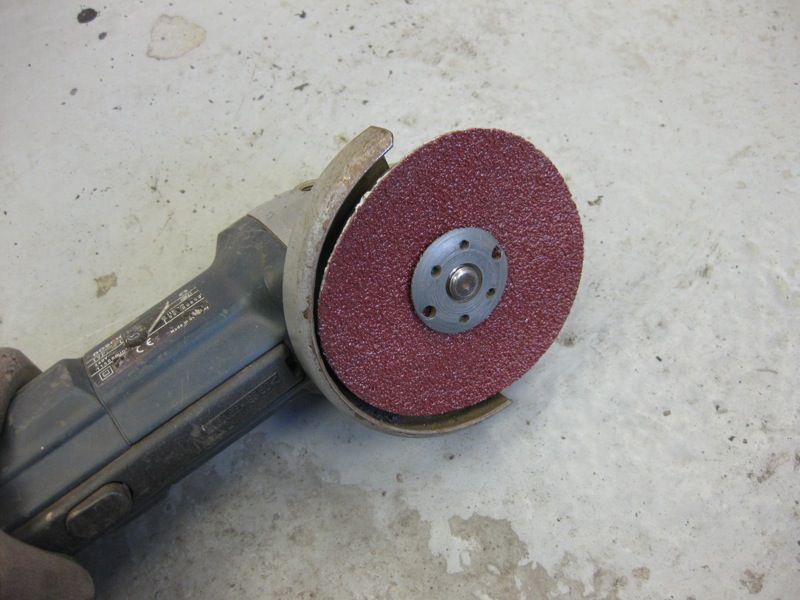
120 grit is the fine one

These must be used with caution if sanding body panels or thin steel, as it can be very easy to grind through, or gouge the steel your working on
Alternatively if space is tight, my trusted power file is an all time favourite, I often wonder how I would manage without it

Belts of varying thickness and grits are available, my most commonly used one is 12mm wide x 36 grit, these are perfect for cleaning up rust and grinding down welds in hard to reach areas
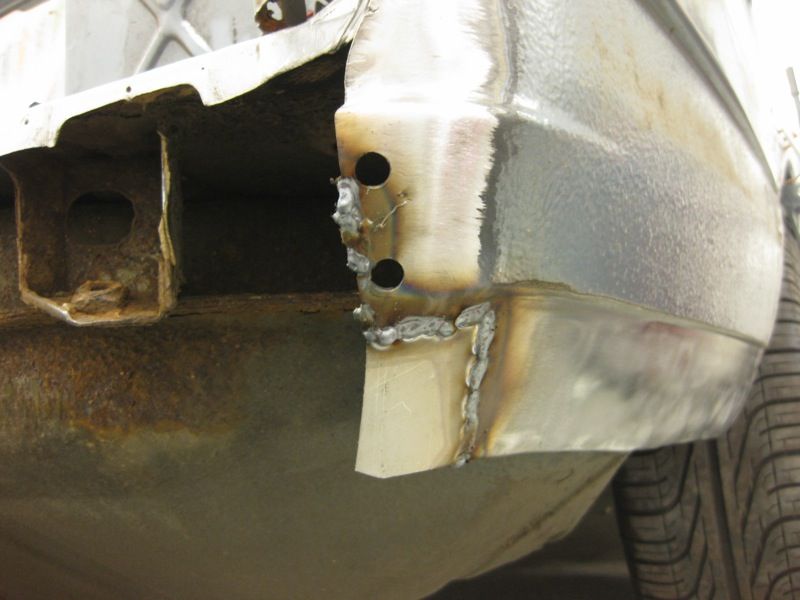
All of the above are likely to leave your work piece with flat spots or gouges
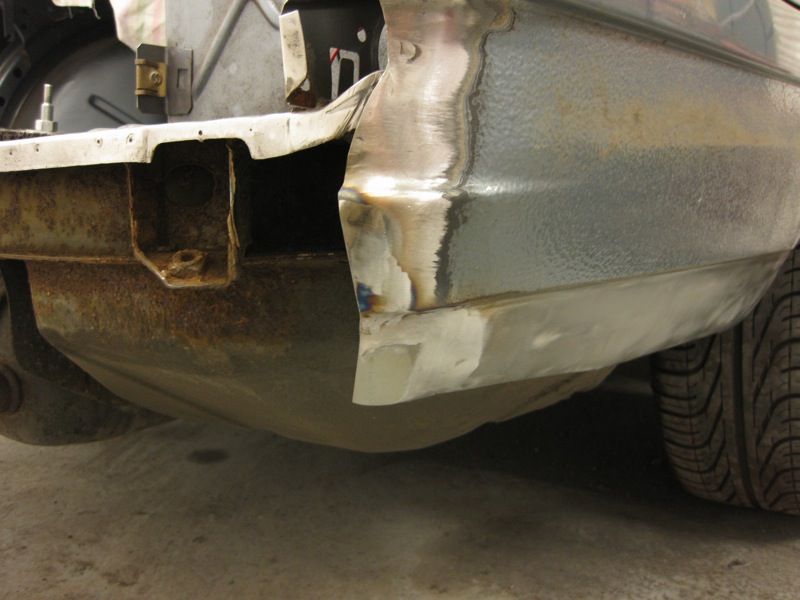
so then I go over them with my DA Sander normally with an 80 grit disc fitted

This gets everything nice and rounded and smooth, ready for paint or filler
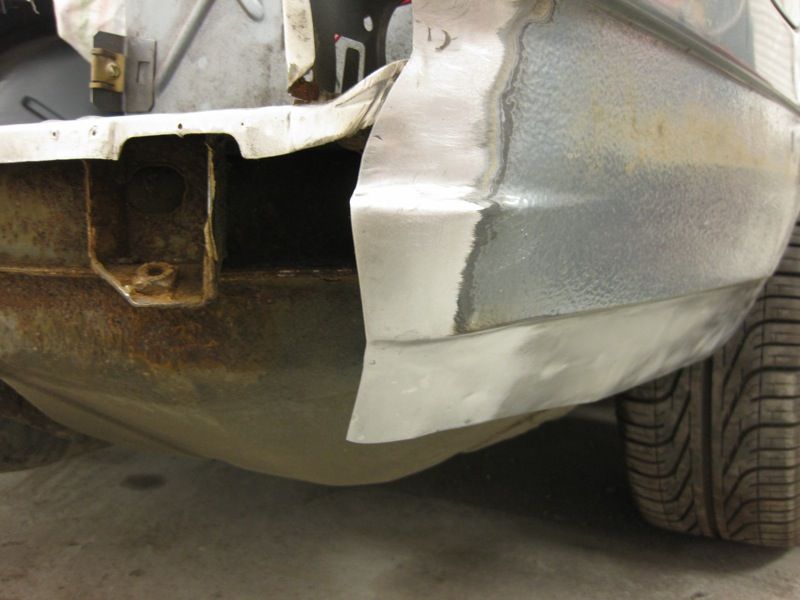
Next is not really part of this job yet, but seems like an ideal opportunity to get it mentioned now

Its a toffee wheel stripe remover for use in a drill, used like this
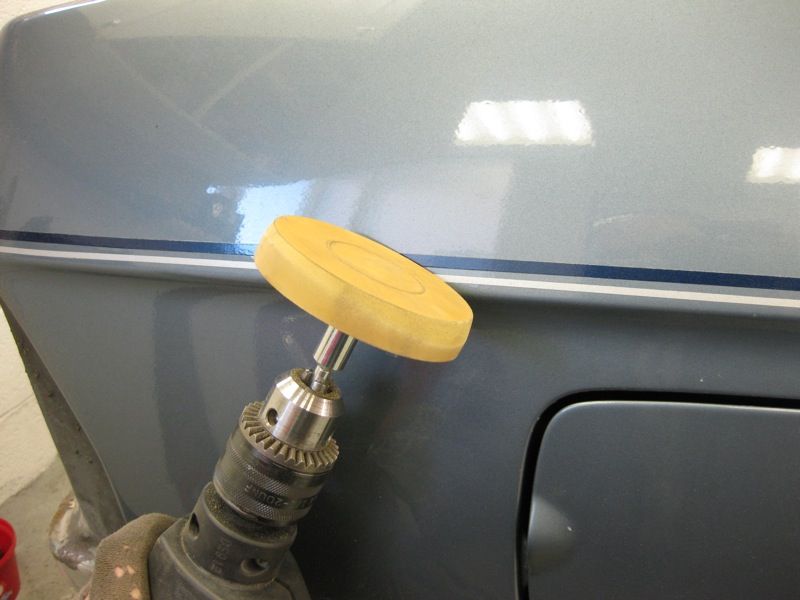
It removes the stripes without damaging the paint
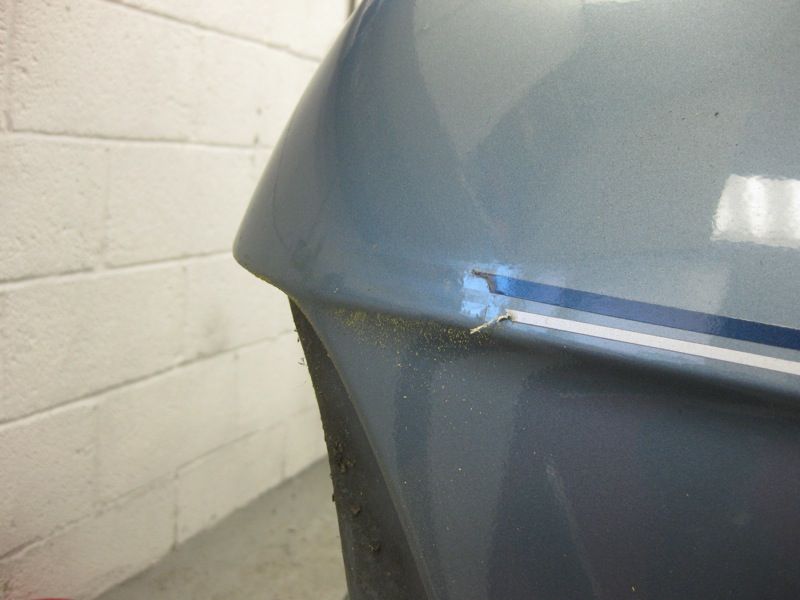
But use it on a slow speed, as too fast can burn the paint, these are a lot quicker and safer than using a scraper or solvent to remove them
As with all of these Please wear appropriate eye, ear and hand protection when using them
























 Only thing is, I made the gap between the "legs" a bit wider than your 35mm. Thanks a lot for the plans!
Only thing is, I made the gap between the "legs" a bit wider than your 35mm. Thanks a lot for the plans!

